A historical jewel on the Rhine: Discover the Benedictine Abbey
Actually, that's a contradiction in terms: how can a Benedictine abbey be romantic? But it works in the Stein am Rhein monastery. In the Benedictine monastery in Stone at the Rhein There have been no monks living since 1525. At that time the monastery was closed as a result of the Reformation. Since then it has changed hands several times and has been owned by the Confederation since 1945. The amazing thing about the monastery in Stein am Rhein is that, despite its history, it has stood the test of time so well. We visited the monastery museum in Stein am Rhein our stay in this city.
St. Georgen Monastery Stein am Rhein: A place of peace and beauty
The St. Georgen monastery in Stein am Rhein is considered to be one of the best preserved monastery complexes in Switzerland. The construction phases between the 12th and 16th centuries can still be seen today. What impresses us most is the location on the Rhine and the impression left by the courtyards, the cloister and the rooms. Stone walls with vines climbing up them, lavender and roses, bull's-eye windows and ceiling paintings and carvings all contribute to this.
Book your accommodation in Stein am Rhein here *
If you book through one of these offers, we receive a commission, which we use to run this blog.
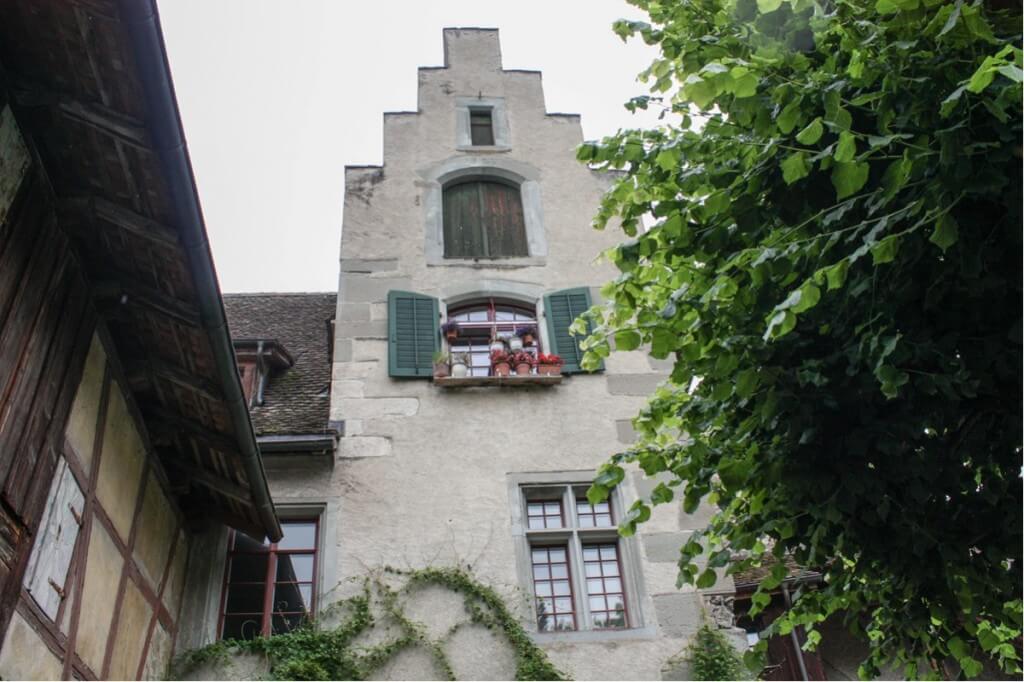
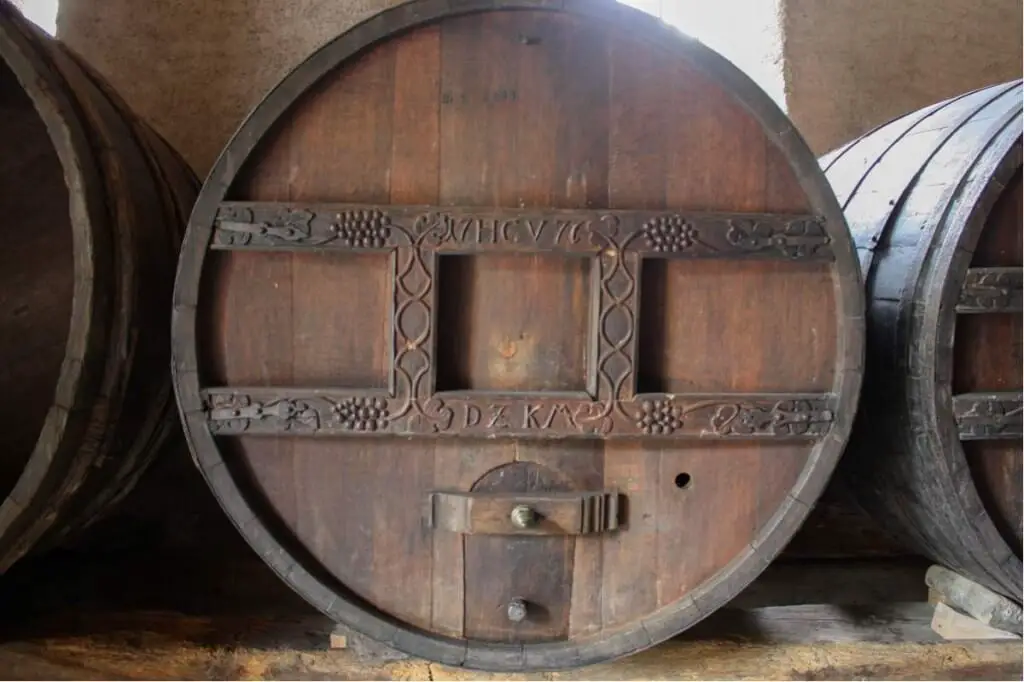
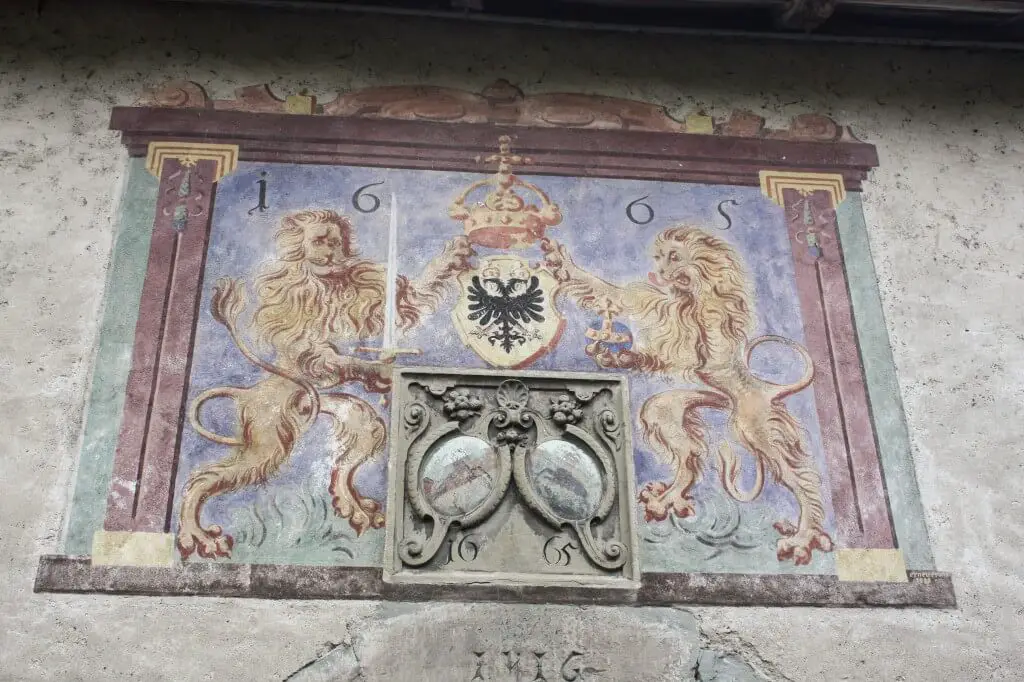
The history of the monastery in Stein am Rhein: A review
In the trot we find wooden wine barrels and a press that the monks once used to press wine from the area. A wooden staircase leads up to the guest house, with plants winding along the railings. On the wall of the bakery there is a bishop's hat with a bishop's staff. Next to it, two putti present shields that look like coats of arms. Above the entrance to the monastery courtyard of the Benedictine abbey in Stein am Rhein, two lions hold up a crown and a coat of arms on a mural. Above them, the year 1665 commemorates an event in the history of this monastery.
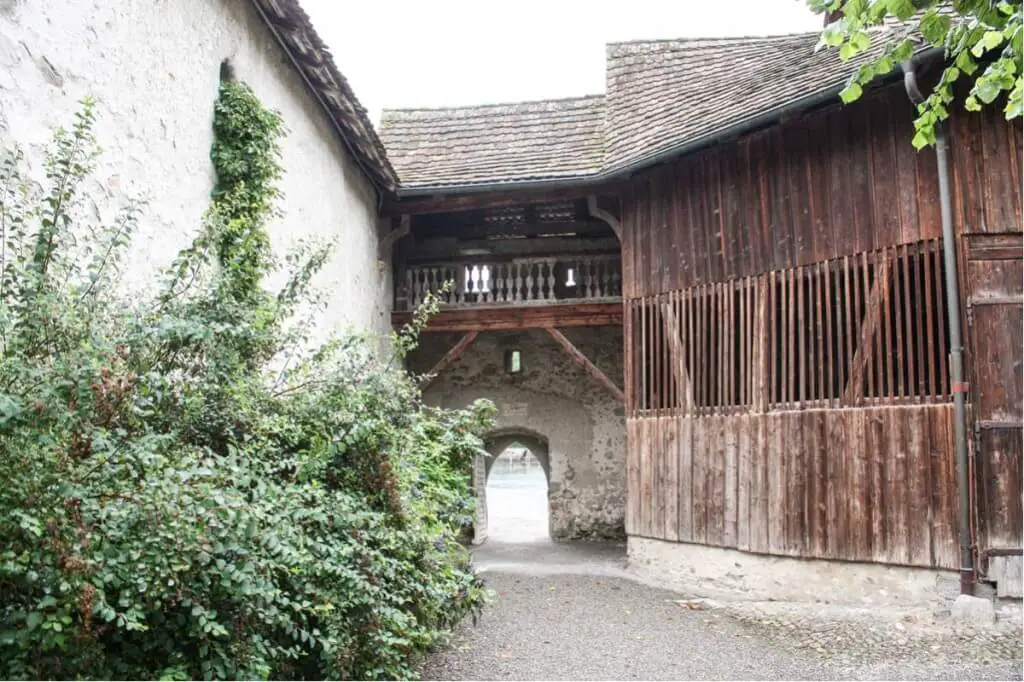
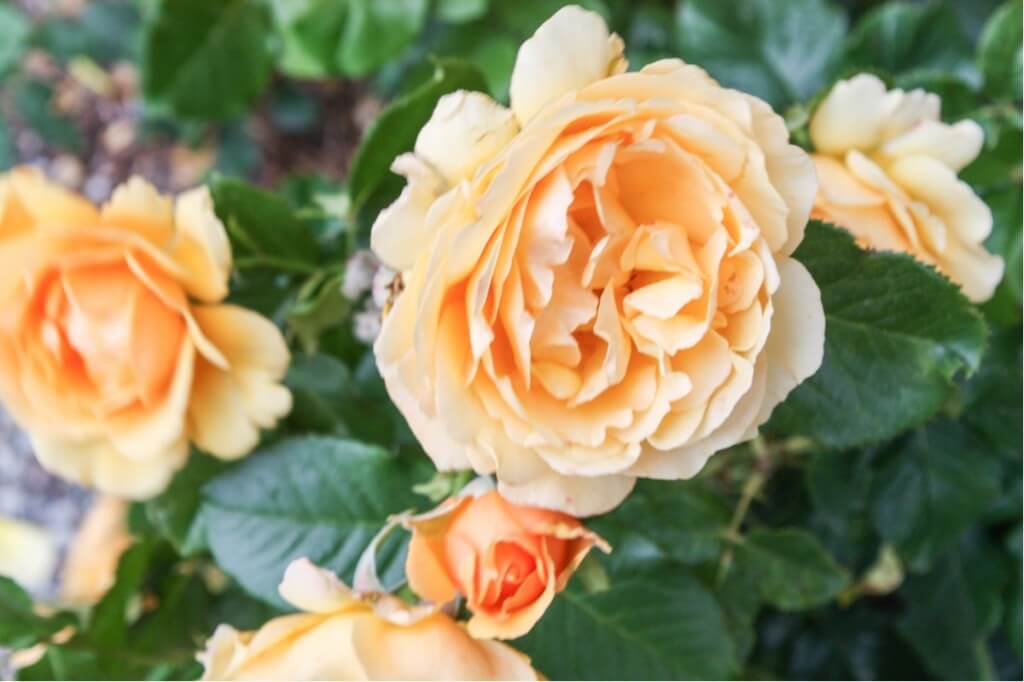
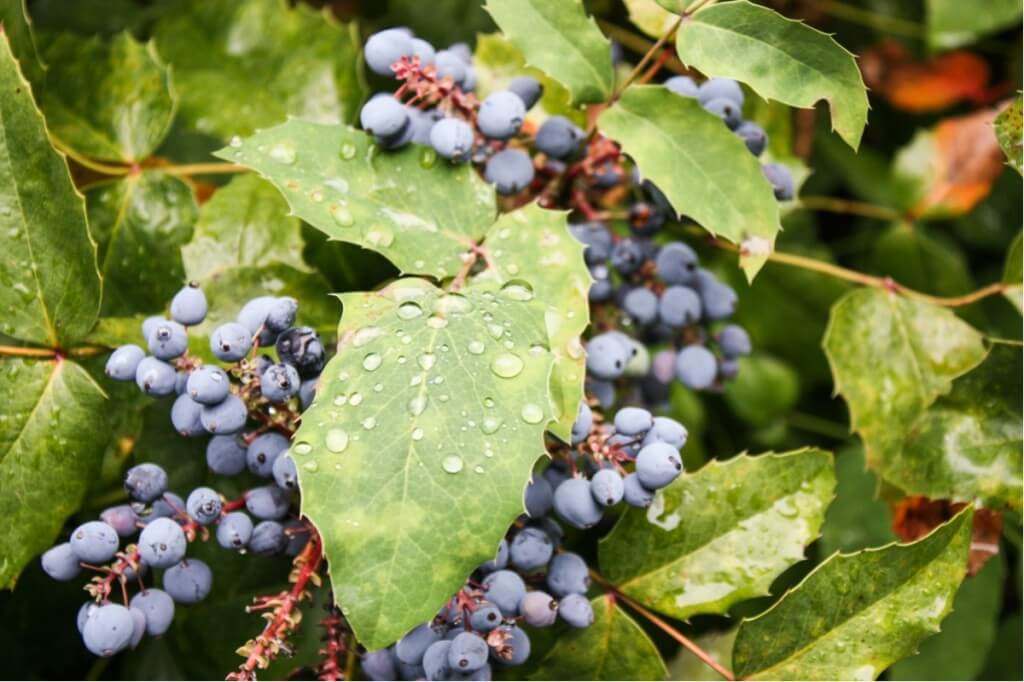
The monastery in Stein am Rhein is located on the banks of the Rhine
Before we enter the monastery in Stein am Rhein, a side entrance lures us out to the banks of the Rhine through a door with a pointed arch. The river flows full of force directly along the outer walls of the monastery. We are standing on a promenade that stretches over to the bridge that connects the districts of Stein am Rhein on the banks of the Rhine. Roses line the entrance back to the monastery. Mahonia bushes grow on the outer walls of the courtyard, the fruits of which trail down the branches of the plants in clusters. Their leaves catch the raindrops that are now falling from the sky. The tower of the Stein am Rhein church rises above the outer courtyard in the monastery museum in Stein am Rhein with its gargoyles that spit out rainwater like dragons.
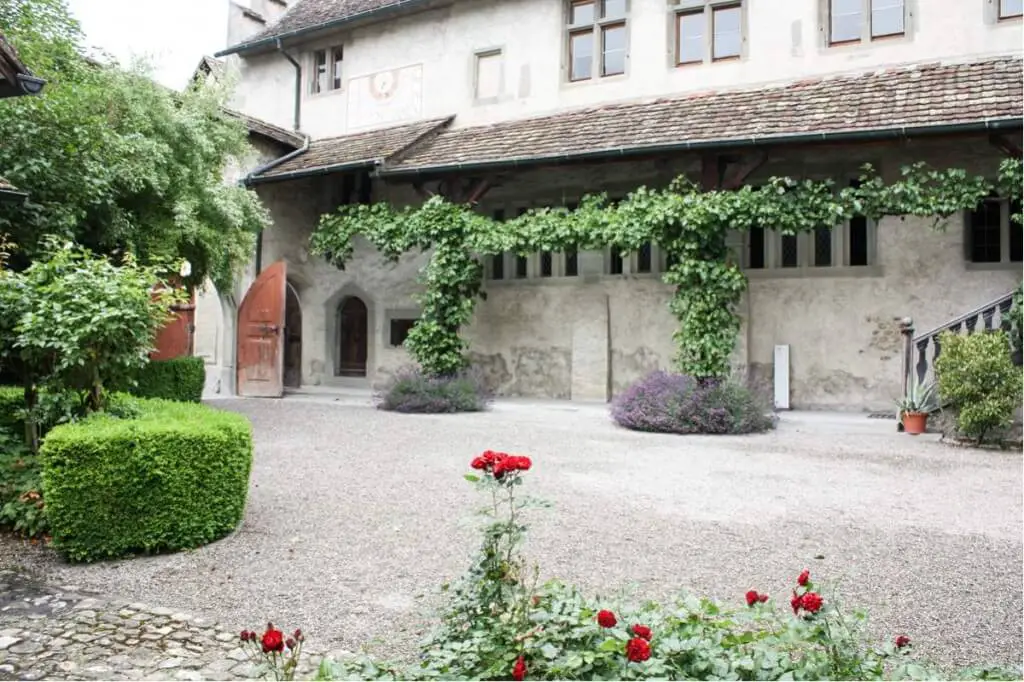
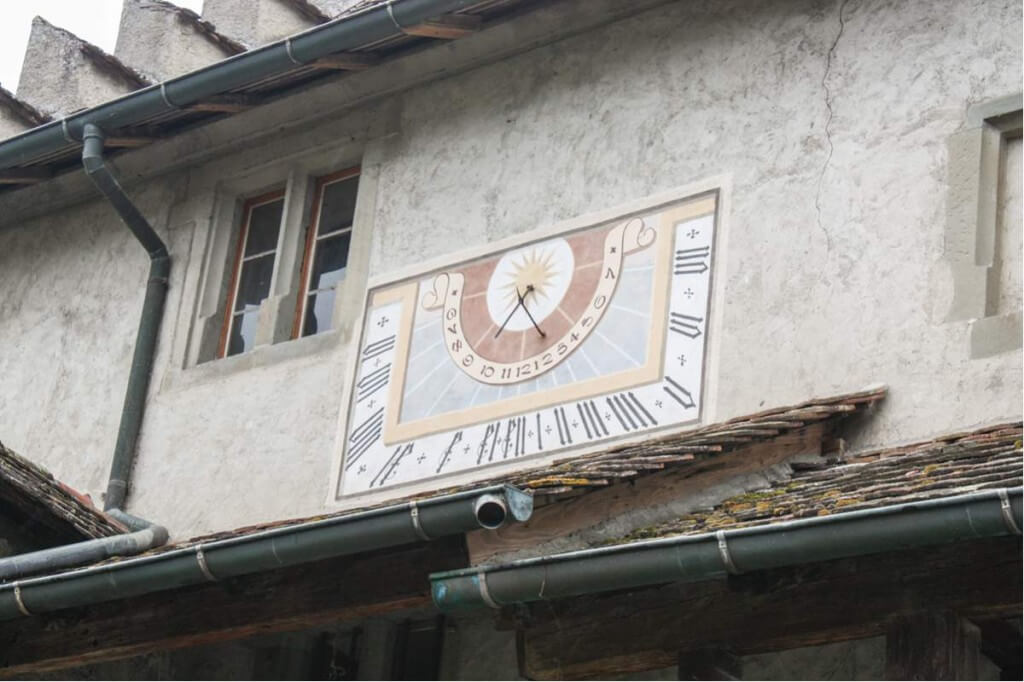
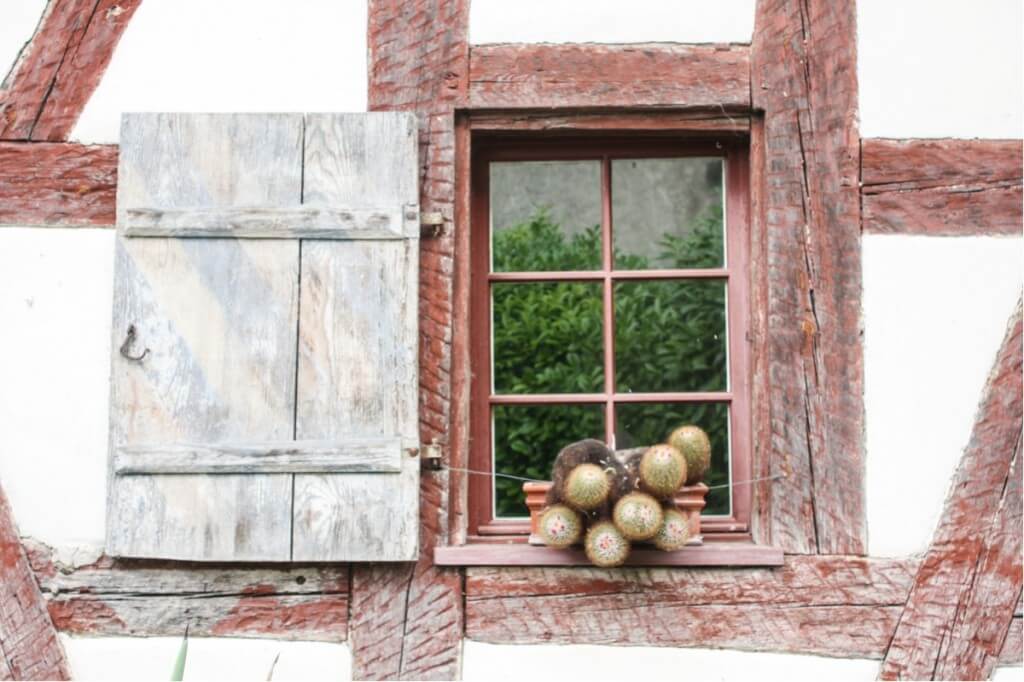
Grape vines in the courtyard of the monastery museum
In the inner courtyard of the Benedictine abbey, vines climb up wooden pillars. If you look closely, grapes are already hanging down from them. “This will definitely produce a good harvest in the fall,” I think to myself. Above it, a sundial shows the time. However, because of the rain today, it only gives an idea of the time. The rain clouds prevent the formation of shadows. A half-timbered shed in a corner of the courtyard reinforces the impression of romance that the monastery building conveys with its wooden beams in the facade, the glass windows with a cactus on the sills and the wooden shop. Because the rain is falling more and more heavily, we enter the monastery premises and begin a journey through time through the monastery's history, which extends from the 12th to the 16th century.
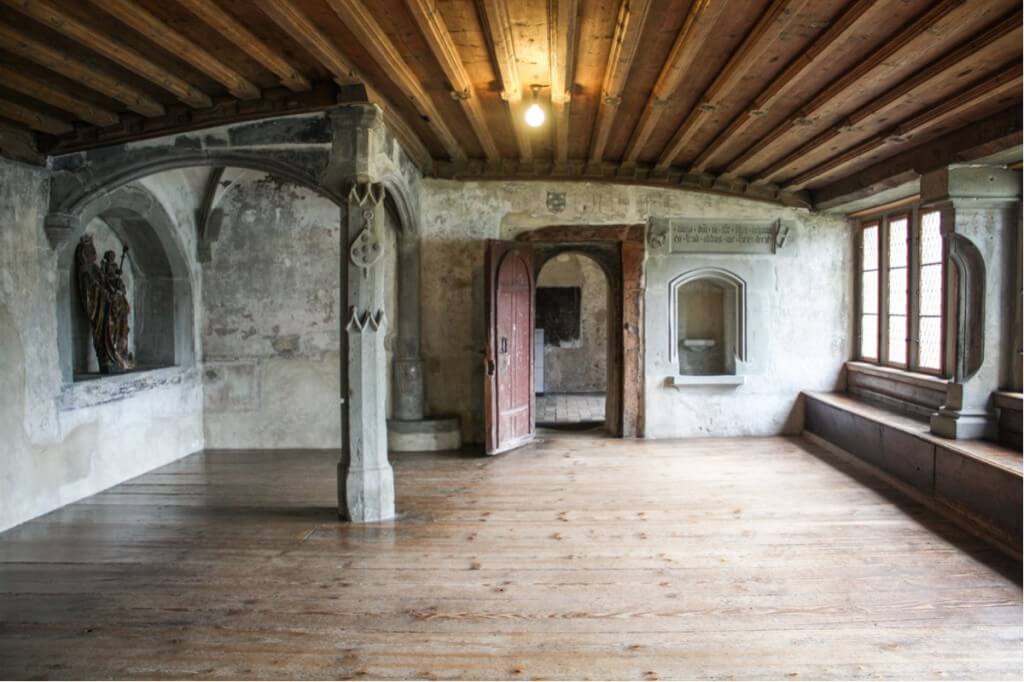
Architectural highlights: From the cloister to the ballroom
The tour is not chronologically correct. We start it in the calefactory, the warm room of the monastery. This dates from the 15th century. However, I wonder how the room was once heated. Because apart from a wooden table, a few cupboards, an altarpiece on the wall and a niche under a cross vault in one corner of the room, there is only a window sill that runs along the window front.
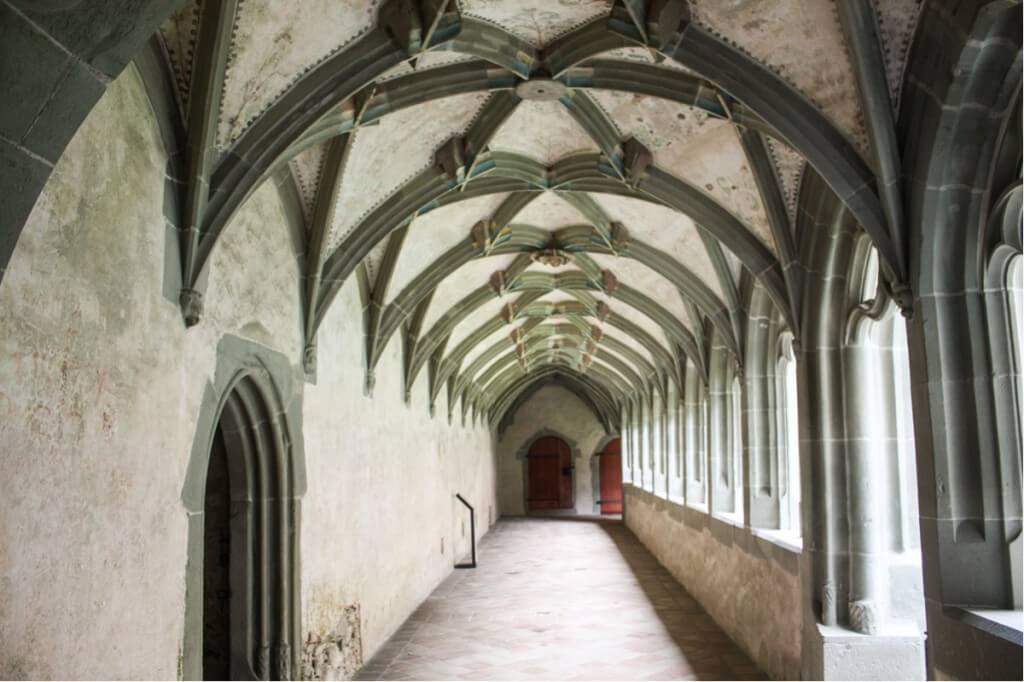
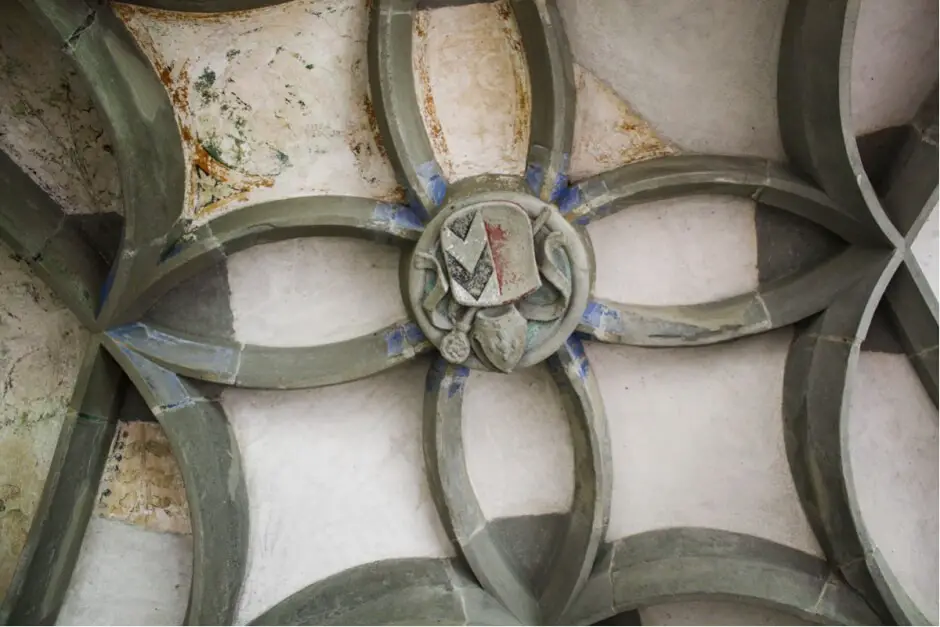
The 14th century cloister
From there we step out into the cloister, which dates from the 14th century. There we pass the parlatorium where the monks were allowed to speak. We also see the summer refectory, the dining room where the monks ate their meals in the summer, and the bakehouse. Vaults always draw my gaze upwards. I also discover keystones and ceiling paintings. The struts of the vault are painted in color to this day. This increases the effect of the cloister on romantic souls like me.
The cells we are passing date from the 19th century when Ferdinand Vetter had them restored. Only the monk's cell in the north-east corner has been preserved in its original form, and the remains of the murals can still be seen on the walls. Opposite, the scriptorium of the monastery has been reconstructed, probably to show what the monks were doing at the time.
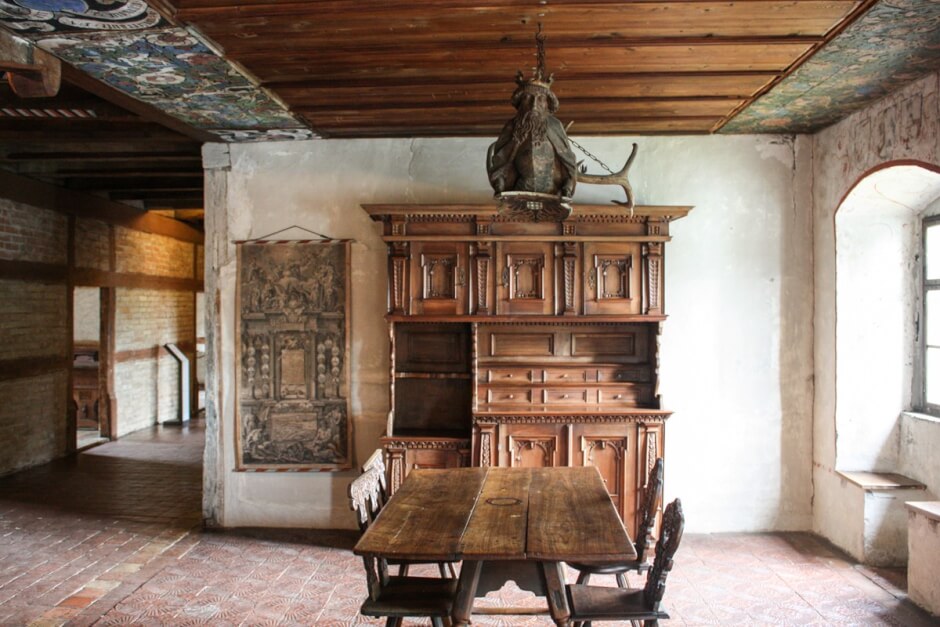
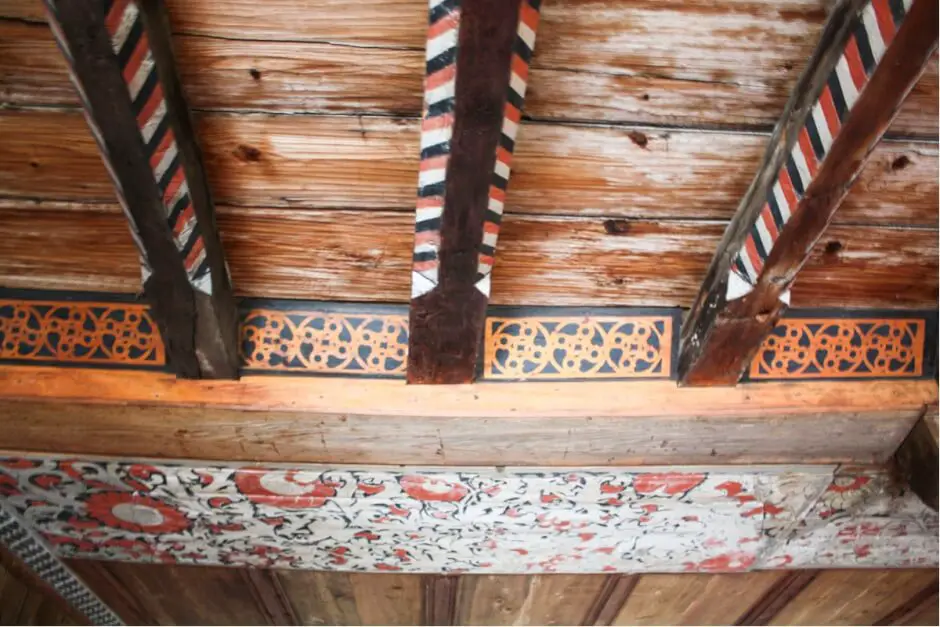
The winter refectory in the monastery museum in Stein am Rhein
The winter refectory is also well preserved. Here I can imagine how the monks met every day to eat. While outside the wind was blowing down from the mountains, it was probably similar to today. There is a table in the room in front of the windows. It's almost as if he's waiting for the monks to come in from their work to sit down for a meal. Above I discover ceiling frescoes, a wooden chest of drawers and a lamp made of wood and deer antlers above the dining table. In an adjoining room we also find a tiled stove whose enamel details amaze us.
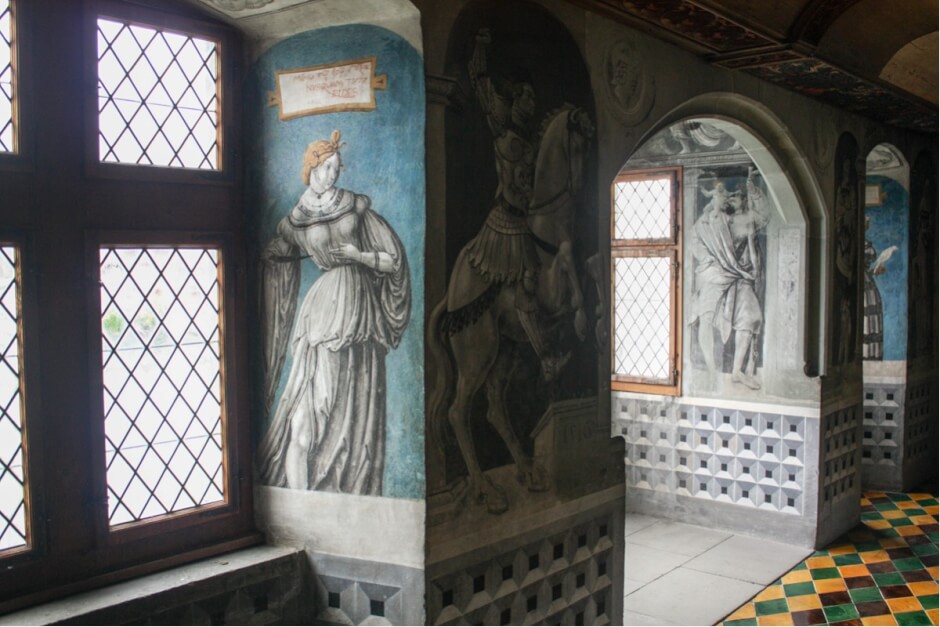
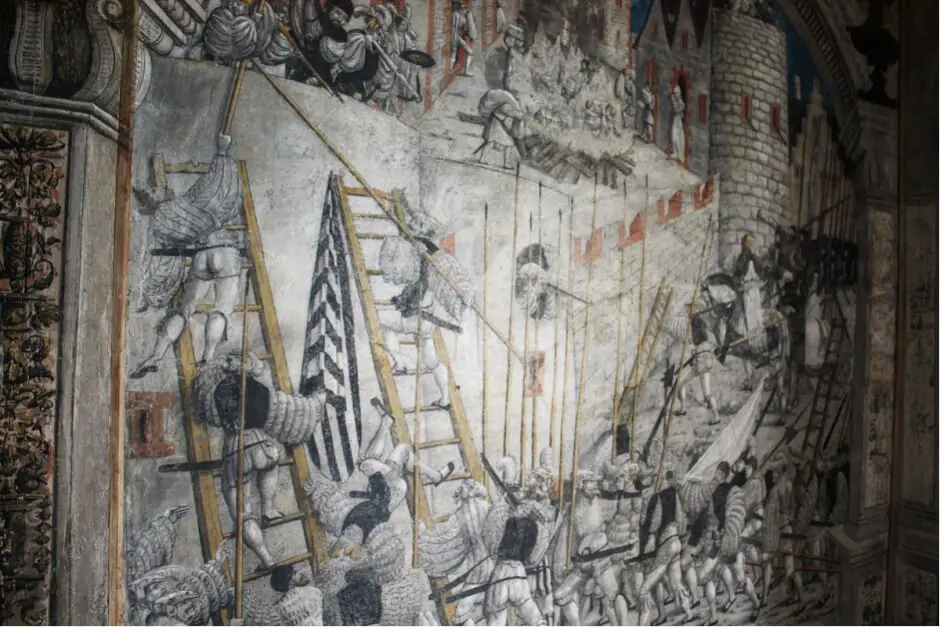
The ballroom in the Stein am Rhein monastery museum
The last rooms that we visit in the Stein am Rhein Monastery Museum all date from the 16th century and are therefore the youngest in the building complex. There are wall paintings in the banquet hall, which was furnished in the early Renaissance style on behalf of Abbot David von Winkelsheim (1499 – 1525). These mainly show profane content. For this reason, this hall escaped iconoclasm in 1525, when the monastery was dissolved. Grisaille painting was eventually expanded to include the colors blue, red and yellow gold. The paintings show motifs that depict the people and life of that time. This hall alone makes a trip to Stein am Rhein worth it. The art lovers among you will enjoy it.
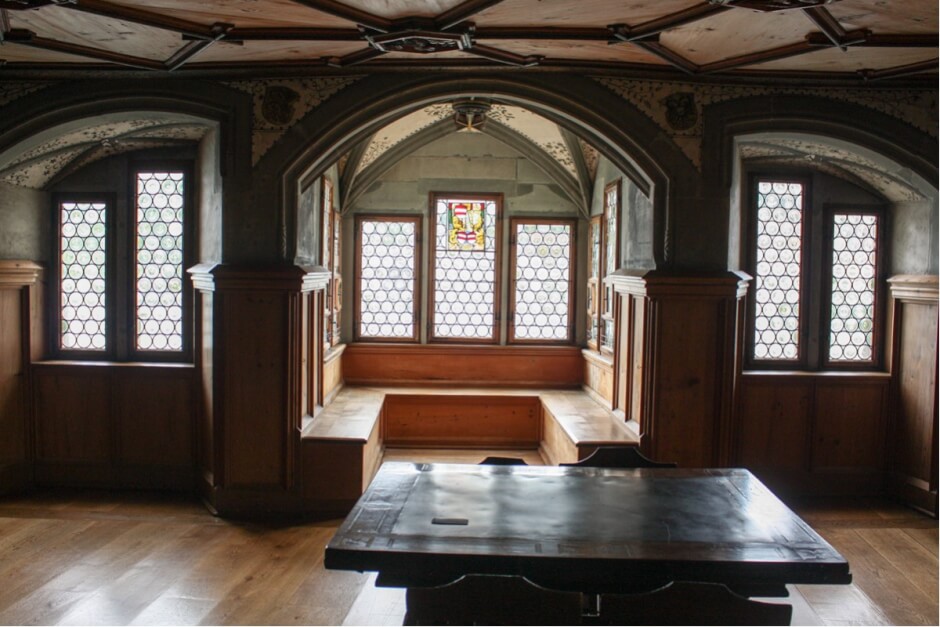
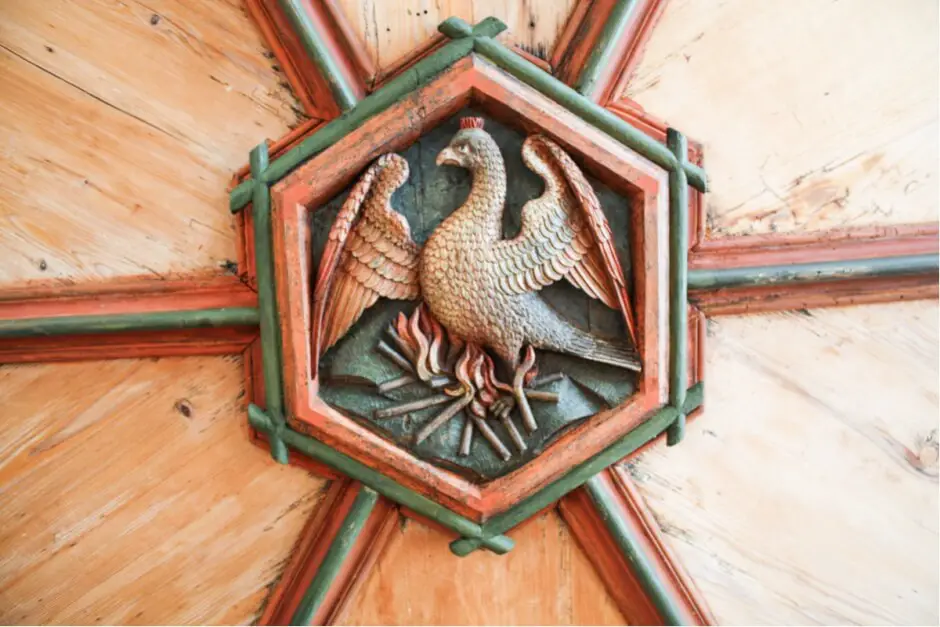
Art and culture in the monastery museum
Finally, one floor below are the abbot's rooms. Their furnishings show how comfortably the abbots lived in the last years of the monastery. Window niches with slug windows, a tiled stove that provided warmth, closures in the cross vaults, borders that adorn the room walls, as well as wall and ceiling paintings made the abbots' life a luxurious existence. They definitely give us an insight into the everyday life of the monks in this monastery shortly before the Reformation.
The monastery complex: a walk through the centuries
Our visit to the St. Georgen monastery museum in Stein am Rhein was one of the highlights of our short trip to the Untersee region on Lake Constance. It's worth the trip on its own. The insights into the lives of the monks between the 12th and 16th centuries were one side. What we found even more impressive, however, were the works of art that have survived in its rooms to this day despite the dissolution of the monastery and iconoclasm. The layout of the courtyards and the location on the banks of the Rhine are romantic, making the monastery a complete work of art.
Site map of the monastery in Stein am Rhein
My personal highlights in the Stein am Rhein monastery
Fascinating preservation of the monastery
When I strolled through the Stein am Rhein monastery, I was immediately impressed by the excellent preservation. All around me I felt the rich history that remains alive in the old walls and corridors. It felt like I was walking straight into another time.
Insight into the life of the monks
In the quiet halls I could vividly imagine how the monks once lived here. The simple cells as well as the communal rooms gave me an authentic insight into their everyday life. It was as if time stood still here for a moment.
The impressive grisaille paintings
An absolute highlight for me, however, were the grisaille paintings in the ballroom. These detailed works of art depicted vivid scenes from life at the time. They fascinated me both art-historically and visually.
Luxury in the abbot's room
The abbot's room also showed me how comfortably the abbot lived in the middle of the monastery. With its stucco windows, warm tiled stove and richly decorated walls, it stood in contrast to the otherwise rather modest monastic life. Here I got an impression of the luxury that the higher-ranking monks treated themselves to.
For me, a visit to the Stein am Rhein Monastery is a journey into the past where I can experience history up close. Every corner tells its own story and takes me on a fascinating journey through time.
Invitation to exchange
What did you like about the monastery in Stein am Rhein? Are there any tips you would like to give others when visiting the monastery museum? Share them with us in the comments to this article.
Visit to the Stein am Rhein Monastery: tips and advice
The monastery museum in Stein am Rhein is about a ten-minute walk from the train station. It's around a five-minute walk from the boat pier.
Opening hours:
From the beginning of April to the end of October, daily except Monday from 10: 00 to 17: 00 pm
Open on Good Friday, Easter Monday and Whit Monday.
However, the museum is closed from November to March.
You can find current information on the Website of the monastery museum.
Guides:
By appointment, prices on request
Stay For example, you can do well in Bora HotSpa Resort in Radolfzell, which is less than an hour away by bus.
Travel Arrangements:
Parking at the airport
Here you can reserve your parking space at the airport before your arrival.
Arrival:
Compare and book flights here*. (Advertisement) The nearest international airport is Zurich. It is also possible to travel by train to Stein am Rhein.
Car Rentals:
Cheap car hire - book quickly and easily!
Hotels in Stein am Rhein:
Accommodation in Stein am Rhein* For example, you can book here. We have the best hotels and accommodations for slow travelers and connoisseurs recommended here.
If you book through one of these offers, we receive a commission, which we use to run this blog.
Are you traveling to Stein am Rhein by motorhome?
- Do you want to rent a mobile home? Then you will find information and a selection of booking options here. Rent a motorhome or a camper near you here. Or would you prefer to stay overnight in a roof tent on the carinstead? The overnight stay in camping tents is also possible.
- Also check our packing list for campers to see whether you have packed everything for your motorhome tour.
- For example, you can stay overnight at Camping Wagenhausen, Hauptstrasse 82, 8259 Wagenhausen, Switzerland. But there are other campsites near Stein am Rhein. You can relax there after a day trip Dutch Oven on the portable grill or on campfire . You can also find Dutch oven accessories .
- Motorhome accessories here.
Click on the photo and then note the “Stein am Rhein Monastery Museum” on Pinterest
Do you know this?
- The historic old town of Stein am Rhein
- 5 museums in Lausanne
- Restaurant Rheingerbe
- Hike along the Rhine – which is the most beautiful?
- Discover the most beautiful cities on the Rhine
- The island of Reichenau on Lake Constance and its sights
- Go on vacation at Lake Constance
- Spa on Lake Constance with direct access to the lake
- The Trapp family Salzburg - the real story
- Amber fisherman from Binz
- Heiligenkreuz Abbey and Mayerling Castle to savor
- Cistercian Monastery Heiligenkreuz
- Which rain jacket is the best?
- Stams Tirol and its sights
Source Stein am Rhein Monastery Museum: research on site. We would like to thank Tourismus Untersee for inviting us to this trip. However, our opinions remain our own.
Text: © Copyright Monika Fuchs and TravelWorldOnline
Photos: © Copyright Monika Fuchs and TravelWorldOnline
Video: © Copyright Petar Fuchs and TravelWorldOnline
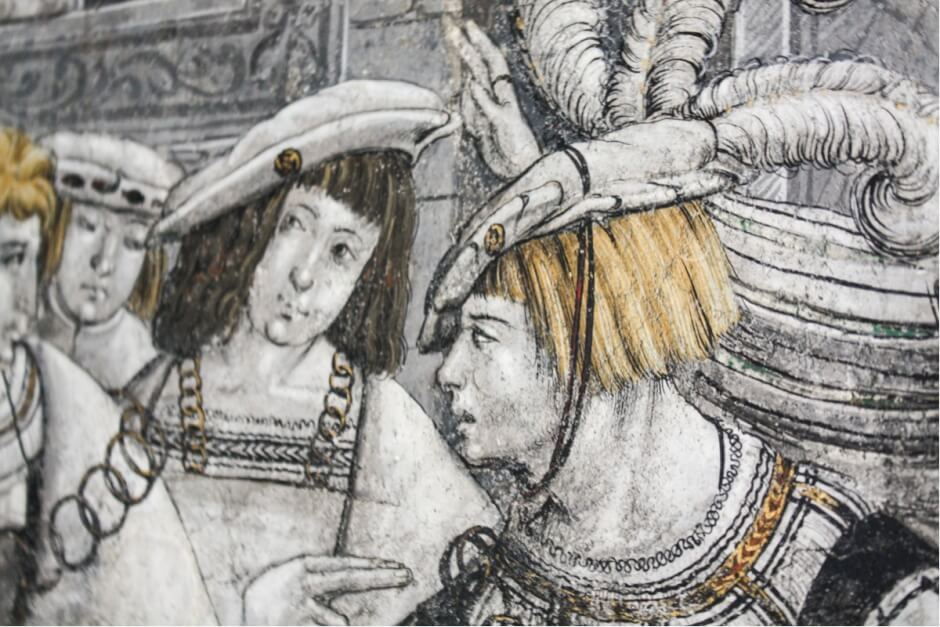
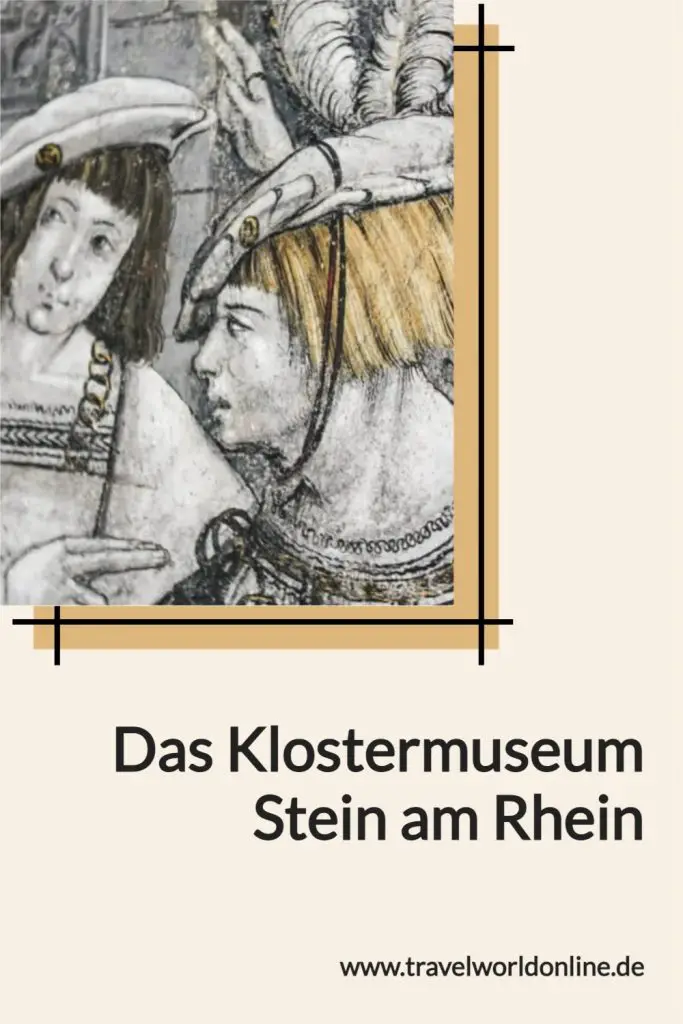

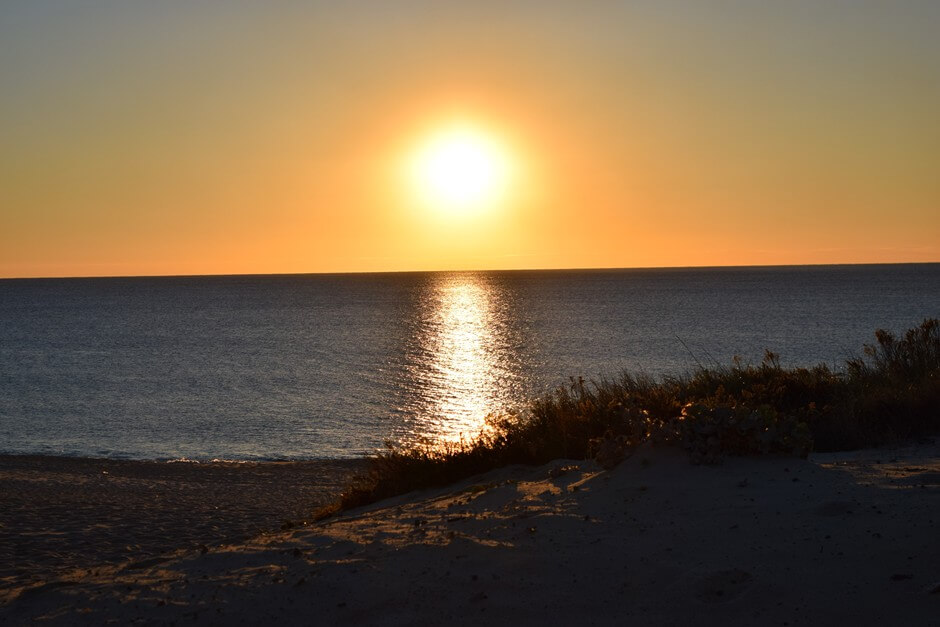

Emanates cosiness and tranquility that has become so rare in our time.
That's right, Chrissy. The monastery has a very special charm that captivates you.